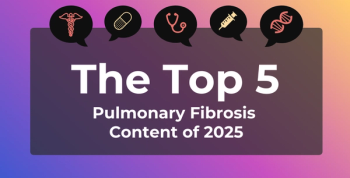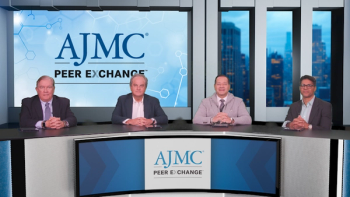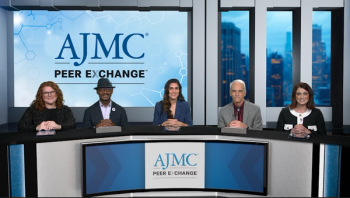
Eosinophilia Linked With Immune-Related Adverse Events in NSCLC Treatment
Key Takeaways
- Pretreatment eosinophilia in NSCLC patients is associated with increased immune-related adverse events and reduced progression-free survival when treated with ICIs.
- The review included 11 retrospective cohort studies with 14,095 individuals, highlighting eosinophilia as a potential prognostic biomarker.
Eosinophilia serves as a significant biomarker for predicting immune-related adverse events in NSCLC patients treated with immune checkpoint inhibitors.
An increased rate of immune-related adverse events (irAEs) was found in patients with
NSCLC is the most common form of lung cancer;
The researchers used PubMed, ScienceDirect, PMC, Web of Science, Google Scholar, and Cochrane Library to look for studies for the review. Included studies needed to have adult patients 18 years and older and to report pretreatment eosinophil levels. Studies that did not have sufficient data, did not separate NSCLC from other types of cancer, or only had measurements of eosinophilia that came after starting ICIs were excluded from the review. The researchers also excluded reviews, conference abstracts, animal studies, commentaries, articles not published in English, and case reports. Sociodemographic data were extracted by the researchers along with the country of the study, study design, total sample size, and outcomes.
There were 11 studies included in the review that reported data on 14,095 individuals, with studies coming from North America, Europe, and Asia. All studies were retrospective cohort studies. None of the studies had a high risk of bias, although 6 had an unclear risk.
The pooled unadjusted analysis found that there was not a significant association between overall survival and pretreatment eosinophilia (OR, 0.79; 95% CI, 0.42-1.51), which held true after adjusting (OR, 0.74; 95% CI, 0.53-1.03). The unadjusted pooled OR for progression-free survival (PFS) showed a trend towards reduced PFS in those with higher eosinophil levels (OR, 0.78; 95% CI, 0.54-1.13), but this was not significant. After adjusting, this association became significant (OR, 0.68; 95% CI, 0.58-0.80), with eosinophilia linked to lower odds of longer PFS.
An increased risk of immune-related toxicity was found in those with pretreatment eosinophilia in both the unadjusted (OR, 3.19; 95% CI, 2.11-4.83) and adjusted (OR, 3.35; 95% CI, 2.25-5.02) analyses.
There were some limitations to this analysis. All studies were observational, which could have led to selection bias. Causal inference could not be drawn due to all studies being retrospective. There were differences between studies in how eosinophilia was defined, which could have led to heterogeneity in the results. There was inconsistent reporting of follow-up duration. Survival dynamics would likely be better represented with HR rather than OR measures. Subtype-specific associations between irAEs would have been missed due to looking at irAEs collectively. Some studies did not adjust for confounders. The subtype of NSCLC was also not considered.
“The findings of this systematic review and meta-analysis support the growing recognition of pretreatment eosinophilia as a potentially valuable prognostic biomarker in patients with NSCLC being considered for ICI therapy,” the authors concluded.
References
1. Ganatra N, Thompson J, Desai R, et al. Pretreatment eosinophilia as a biomarker for adverse outcomes in non–small cell lung cancer patients receiving immune checkpoint inhibitors: a systematic review and meta-analysis. Semin Oncol. 2025;52(6):152431. doi:10.1016/j.seminoncol.2025.152431
2. Key statistics for lung cancer. American Cancer Society. Updated January 16, 2025. Accessed November 5, 2025.
Newsletter
Stay ahead of policy, cost, and value—subscribe to AJMC for expert insights at the intersection of clinical care and health economics.







































